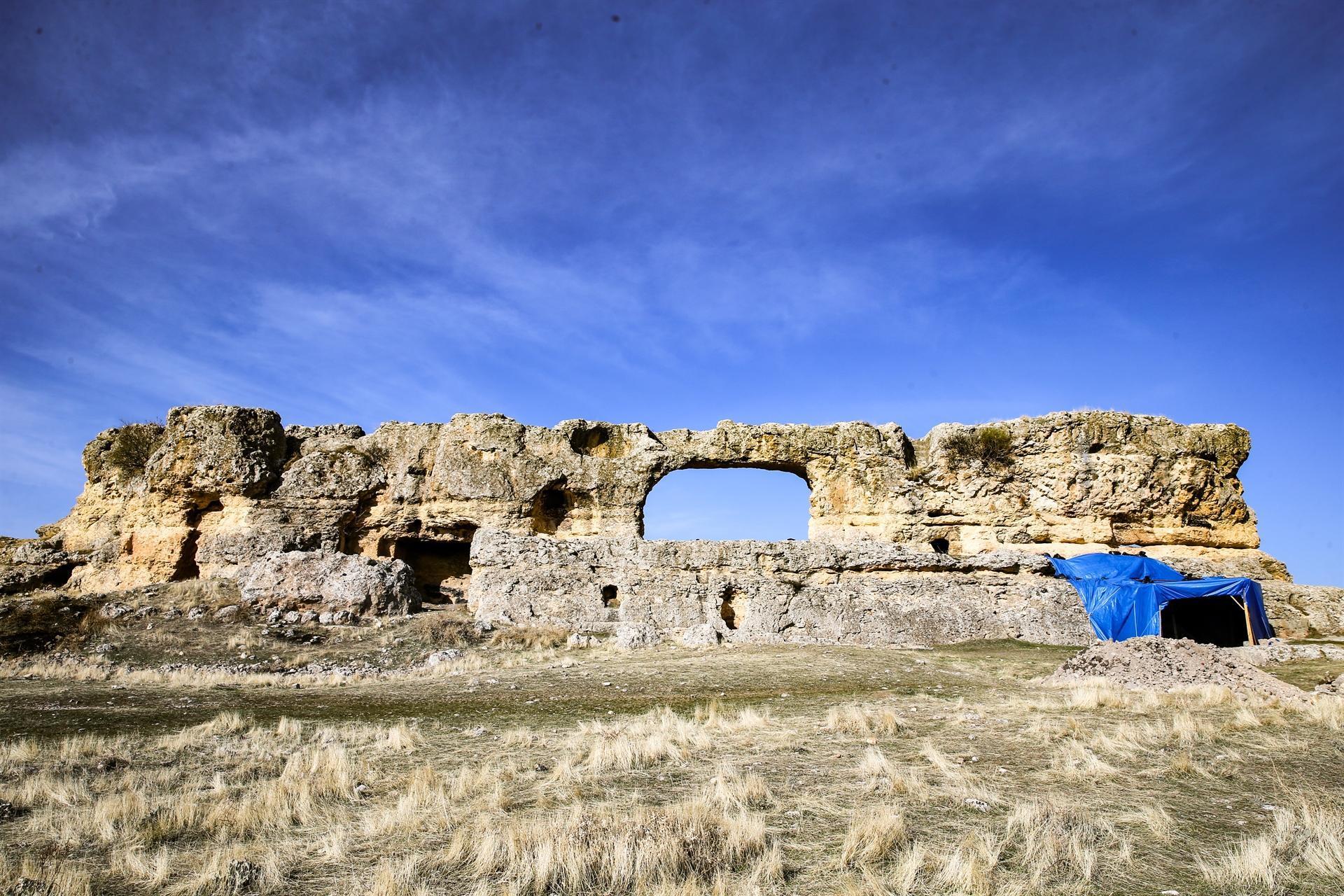Assyrian castle in Turkey’s southeast eyes UNESCO’s World Heritage List
DİYARBAKIR

An official application has been made to include the Assyrian Castle and the King Tombs in the southeastern Anatolian province of Diyarbakır’s Eğil district to the UNESCO World Heritage Temporary List.
Located on the side overlooking the Tigris Dam Lake, Eğil district is a favorite spot for religious tourism with Ziyaret Hill, featuring the tombs of Dhu al-Kifl, Elisha, Nabi Harun, Nabi Omar and a castle, believed to have been built during the Assyrian period.
The castle was built on the natural rocky ground and surrounded by deep valleys on three sides, and the other side had been carved for a defense strategy. During the Assyrian period, only the inner fortress was built, and later the outer fortress was added, according to experts.
The King Tombs, located in the northeast of the castle, is another hotspot within the settlement.
The interior spaces of the tombs were arranged in the form of a room, and in the north interior, there is a king figure in the form of a line.
Noting that an action has been taken to introduce the region to the world, Eğil District Governor İdris Arslan said that a definite result will be obtained from the U.N. agency within a couple of months.

“We have 400,000 visitors annually. We are planning to transform Eğil Castle into a complex, a tourism attraction area with faith tourism,” Arslan said, stressing that this work is a versatile and long process.
İrfan Yıldız, an academic from Dicle University, said that the castle, which is believed to be 2,000 years old, was one of the frontier positions of the Roman Empire.
Yıldız also stated that there was a king figure and a cuneiform inscription belonging to the Assyrian King Salmanasar III on the castle.
















